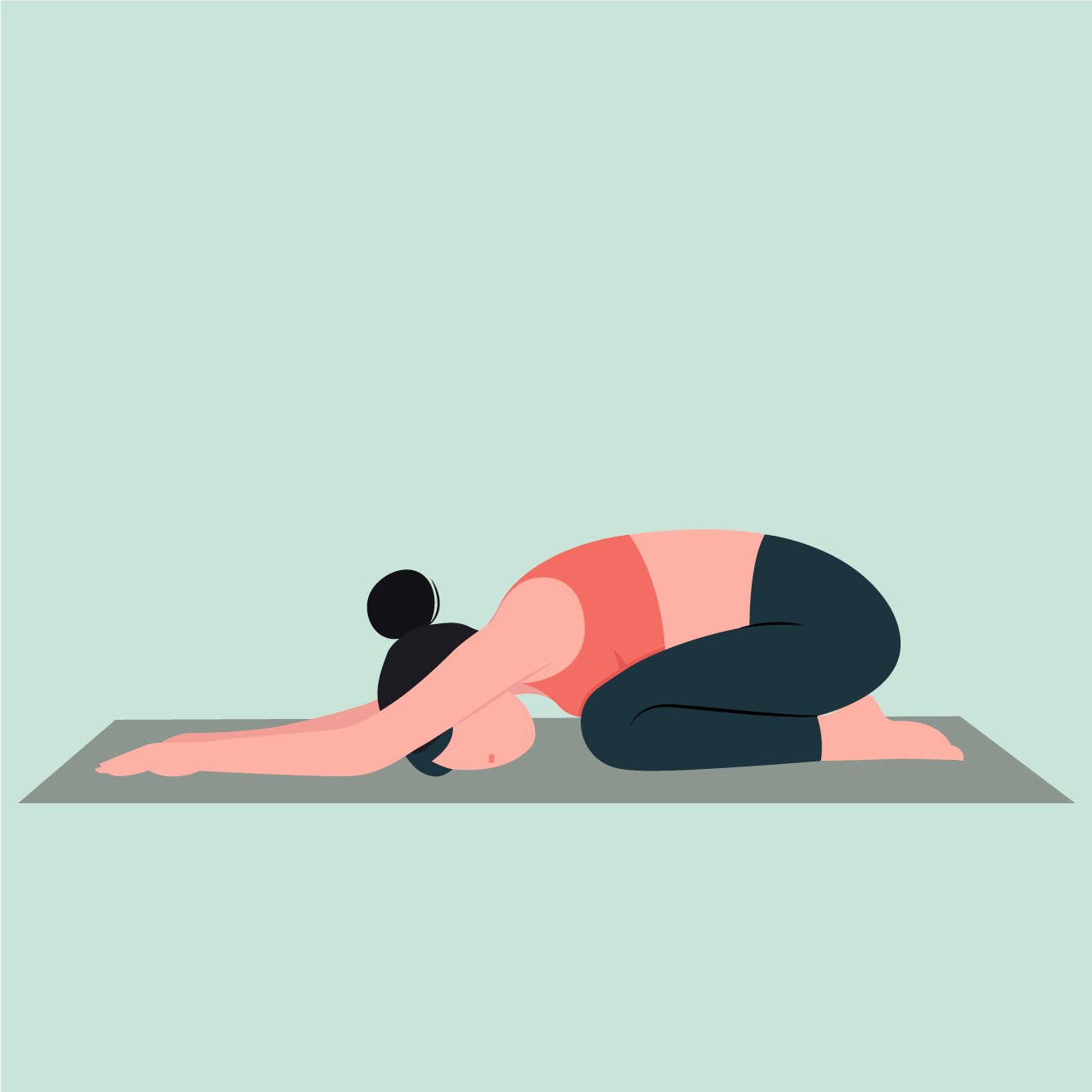Stress Urinary Incontinence: Peeing on the Dance Floor
Imagine you're out on the dance floor at a wedding or party, surrounded by friends, moving to the rhythm and letting go of all inhibitions. Suddenly, in the midst of your favorite song, you feel a trickle down your leg. The embarrassment sets in as you realize you've experienced a moment of stress urinary incontinence (SUI).
I’ve heard this story time and time again from close friends, family members, and clients alike. SUI is a condition marked by the involuntary leakage of urine during activities like dancing, laughing, or exercising. But fear not, because amidst the embarrassment lies a beacon of hope: Pelvic Floor Physical Therapy (PFPT). In this post, we'll explore SUI, its impact on confidence, and how PFPT offers a pathway to reclaiming control and freedom on the dance floor.
Understanding Stress Urinary Incontinence
SUI, often dubbed the "dance floor dilemma," occurs when the muscles and tissues supporting the bladder are overcome by moments of increased abdominal pressure, such as jumping, laughing, or yes, dancing, leading to urinary leakage. While it's a prevalent issue, especially among women, its effects are far-reaching, denting not only physical well-being but also self-esteem and confidence.
Causes of SUI
SUI can happen to anyone. However, one in three women experience it before 30, and more than half of women over 65 deal with it on a daily basis. Below are some of the reasons why it heavily affects this population:
Pregnancy and Childbirth: The physical strain of pregnancy and the trauma of childbirth can stretch and weaken the pelvic floor muscles, compromising their function if not properly reahbillitated.
Aging: It’s estimated that we lose 1-2% of muscle mass per year after the age of 50. Overall loss of muscle mass affects even the muscle you cannot see, like your pelvic floor muscles.
Hormonal Changes: Menopause brings about hormonal shifts, most predominantly decreasing estrogen levels which can impact pelvic floor muscle tone and function.
Lifestyle Factors: Sedentary lifestyle, visceral fat, and even dietary choices can put increased strain on the pelvic floor.
Pelvic Floor Physical Therapy: A Solution to SUI
Pelvic Floor Physical Therapy (PFPT) is a specialized form of therapy designed to strengthen and rehabilitate the muscles of the pelvic floor. By working with a trained pelvic floor physical therapist, individuals with SUI can address the root causes of their condition and regain control over their bladder function. Here's how PFPT can help:
Evaluation and Assessment: A pelvic floor physical therapist will conduct a thorough assessment to evaluate the strength, tone, and coordination of the pelvic floor muscles. This may involve internal and external examinations to assess muscle function and identify areas of weakness or dysfunction. This should also include a holistic full body screening, because the pelvic floor muscles are quite literally the “floor” of your body.
Personalized Treatment Plan: Based on the assessment findings, the therapist will develop a personalized treatment plan tailored to the individual's specific needs and goals. This plan may include a combination of exercises, manual techniques, biofeedback, and lifestyle modifications.
Pelvic Floor Exercises: Pelvic floor exercises are not only Kegels. A Kegel is a pelvic floor muscle contraction, which can be helpful in retraining these muscles. While knowing how to do this correctly is important, it may only take you so far. Looking at the entire system will key you into not only what the problem is but why it is occurring. This allows us to retrain the entire body to better improve the function and strength of the pelvic floor.
Education and Lifestyle Modifications: In addition to exercises, PFPT includes education on bladder habits, posture, body mechanics, and strategies to minimize symptoms of SUI. Lifestyle modifications such as dietary modifications, smoking cessation, and bladder habits may also be recommended to optimize pelvic floor health.
Support and Empowerment: Dealing with SUI can be emotionally challenging, but pelvic floor physical therapists provide a supportive and non-judgmental environment for individuals to discuss their concerns and goals. By empowering individuals with knowledge and tools to manage their symptoms, PFPT can significantly improve quality of life.
Stress Urinary Incontinence is a common yet often overlooked condition that can have a profound impact on daily life. However, with the help of Pelvic Floor Physical Therapy, individuals can regain control over their bladder function and live more confidently and comfortably. Remember, you're not alone, and effective treatment options are available to support you on your journey to wellness that do not depend on liners, pads, or diapers. There are viable options for treating and managing incontinence to actually fix the problem, instead of feeding into the billion dollar industry of incontinence protection products. Take control of your confidence by taking control of your pelvic floor.
Curious on how to get started? Let’s talk about it! Schedule a Free Consultation Call with me, a pelvic floor PT, to get started.
Other Posts You Might Like
















